You can purchase Cardano NFTs in a variety of ways and places. Users have the option of minting NFTs during NFT collection launches and drops, receiving them as rewards, or trading them on particular Cardano NFT marketplaces. A native wallet that is compatible with ADA NFT marketplaces and websites is all that is required to purchase and sell Cardano NFTs.
Modern bitcoin mining offers simple tools to make the process easier. Minting is the process of creating a nonfungible token (NFT) from an image or music file on the Cardano network.
Every Cardano NFT collection item must have a policy ID for users to confirm its identification and authenticity. This protects consumers from the harmful practices and frauds that are prevalent in the cryptocurrency field.
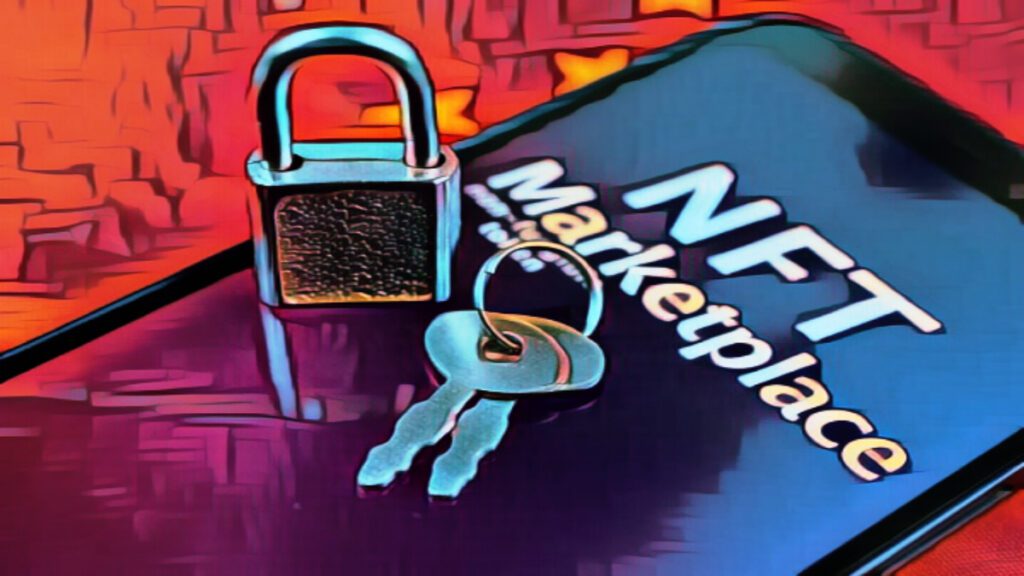
Cardano NFT marketplaces
Cardano is a rapidly expanding platform for building and trading NFTs, therefore new markets are always developing. These are a few well-known and established sites where you may purchase and trade Cardano NFTs.
Users can build, purchase, and sell NFTs on Jpg.store, a user-friendly NFT marketplace that supports smart contracts. Buyers can access a list of the best collections and choose the NFT based on pricing and distinctive qualities in this straightforward marketplace. Moreover, Jpg.store offers rarity charts for each item page as well as payments for artists.
Cardahub
The main Cardano NFT marketplace, Cardahub, allows users to purchase, sell, and mint NFTs. The market offers a wide variety of NFT instruments for investors, collectors, and creators of digital assets. Top collections like the Clay Nation, which contains over 10,000 NFTs, are also housed there.
Cube Cardano
Cardano Cube is an NFT infrastructure aggregator that houses over 1,000 Cardano-based decentralized apps (DApps) and initiatives, making it more than just a marketplace. The user’s go-to resource for information on the Cardano ecosystem is Cardano Cube.
CNFT
The first Cardano NFT marketplace was CNFT, which was established in July 2021. The marketplace is in direct competition with other well-known NFT marketplaces like OpenSea and Foundation owing to the thousands of original NFTs and hundreds of Cardano NFT art and music projects it has launched since its debut.
The CNFT Calendar is the first event calendar for the Cardano NFT industry, including NFT drops and events. It supports Cardano NFT wallets like Nami, Gero Wallet, Eternl, and Flint Wallet.
The most automated Cardano NFT rarity database and CNFT market analytics platform is called the CNFT Jungle. Cardano projects are listed on CNFT Jungle, another market aggregator, although CNFT Jungle gives rarity priority.
How Do I Purchase And Sell NFTs On The CNFT?
The trader must register with the CNFT marketplace after the NFT has been created and minted in order to use the platform.
Here is how to buy and sell NFTs on CNFT:
- You must first register for an account.
- A username, an email address, and a password will be required by the system.
- To sell your tokens, you must link your NFT-loaded wallet to your freshly created CNFT account.
- Any wallet compatible with Cardano NFTs, such as Nami and Daedalus, is supported by CNFT.io.
- Next just select “Wallets” and enter the location of your wallet. By scanning the QR code or copying and pasting the public address into your Cardano NFT-compatible wallet, you can add your wallet.
- Pay the necessary quantity of ADA to the platform to link your wallet.
- You can purchase and sell NFTs once you have connected your Cardano-NFT-supporting wallet to the exchange.

Cardano NFT projects
In the past few months, there has been a steady rise in the number of NFT projects running on Cardano. Cardano experienced strong trade volume and demand for its NFTs and metaverse projects despite the fierce competition, and its reputation as an NFT platform is continually growing.
Launched in March 2021 on the Cardano blockchain, SpaceBudz shortly gained popularity among the community and became one of the most well-liked projects. As one of the first Cardano NFT collections, the project had a pioneering role in the community. It consisted of 10,000 collectables, some of which featured adorable astronaut creatures.
It created the NFT metadata standard and introduced the first marketplace entirely based on smart contracts. To join in this Amazing open-source initiative, users can bid, acquire, or sell one of the 10,000 animals and creatures that make up the collection. Some of these creatures are rarer than others.
Pavia is a decentralized gaming NFT metaverse project that gathers plots of land to create community places that are sustainable. The project is named after the name of the city where Gerolamo Cardano, an Italian mathematician, was born in the sixteenth century. The polymath of the Italian Renaissance gave his name to the Cardano platform.
Yummi Universe is an environment made up of collector cards, NFT creatures, and other works of art. The background, the headwear, the body, and the face represent the NFTs’ rare traits.
Cooperation between Yummi Universe and a British goods company centred on the fictional Naru Naru and its culinary exploits is available. The concept is to integrate blockchain technology with creature collections like Pokémon, Digimon, and Moshi Monsters.
What Lies Next For Cardano
Many believe 2023 will be a year of recovery for the cryptocurrency market. When the market rebounds from the effects of FTX, Celsius, and other significant collapses in 2022, the NFT, DeFi, and metaverse industries seem to be collecting new media interest, enthusiasts, and investors.
The Cardano NFT Ecosystem has emerged as one of the most promising projects to keep an eye on in the coming years, despite the bear market and unfavourable cryptocurrency headlines. An increasing number of new users are anticipated until 2023 and beyond.
It may be advantageous for Cardano to continue growing as a result of Ethereum’s high gas costs and Solana’s problems with FTX and Alameda, two of the largest investors in Solana during its 2021 funding round. This is especially true given that Cardano’s strategy for scalability and interoperability is showing promising results.




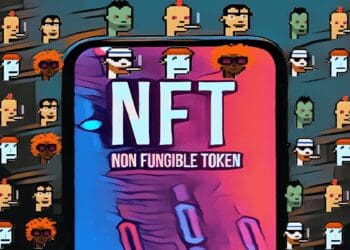
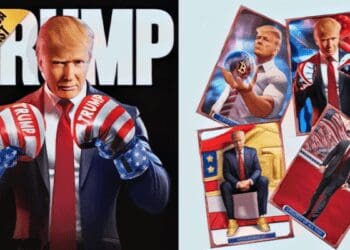

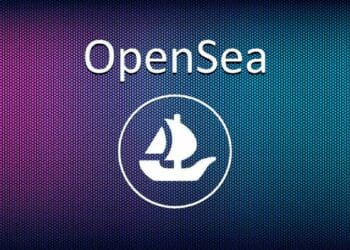
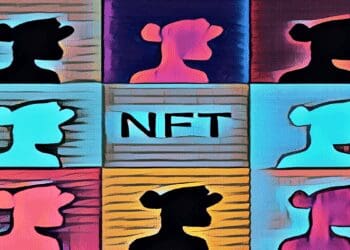
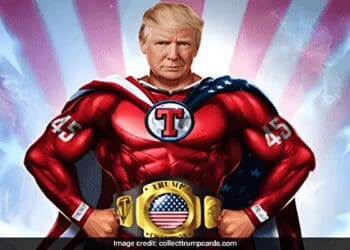

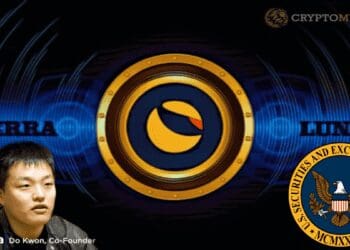

Discussion about this post